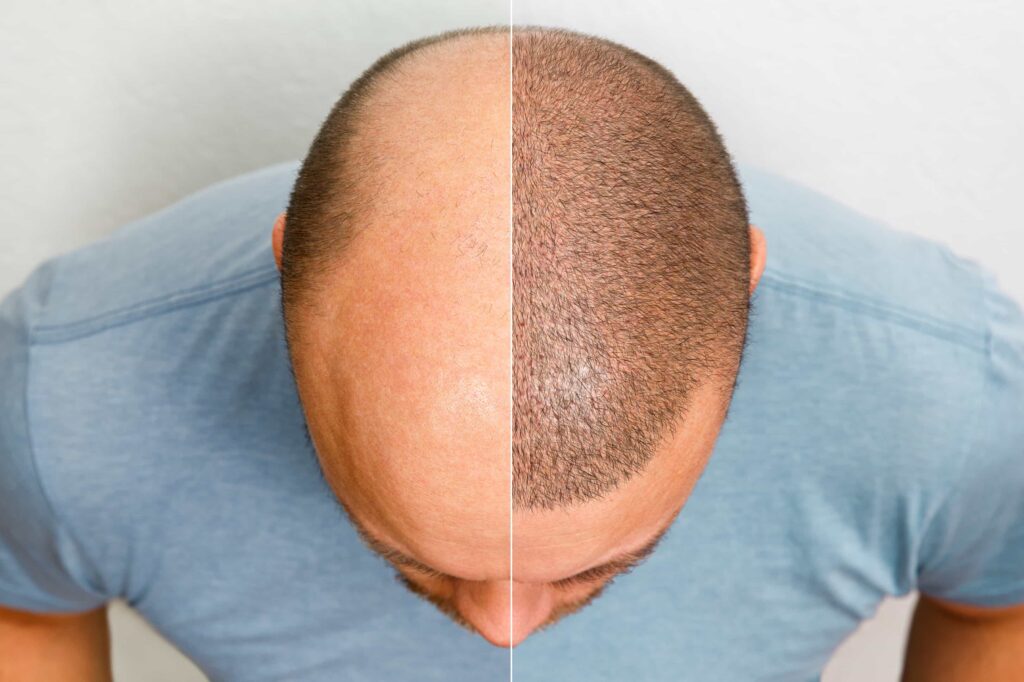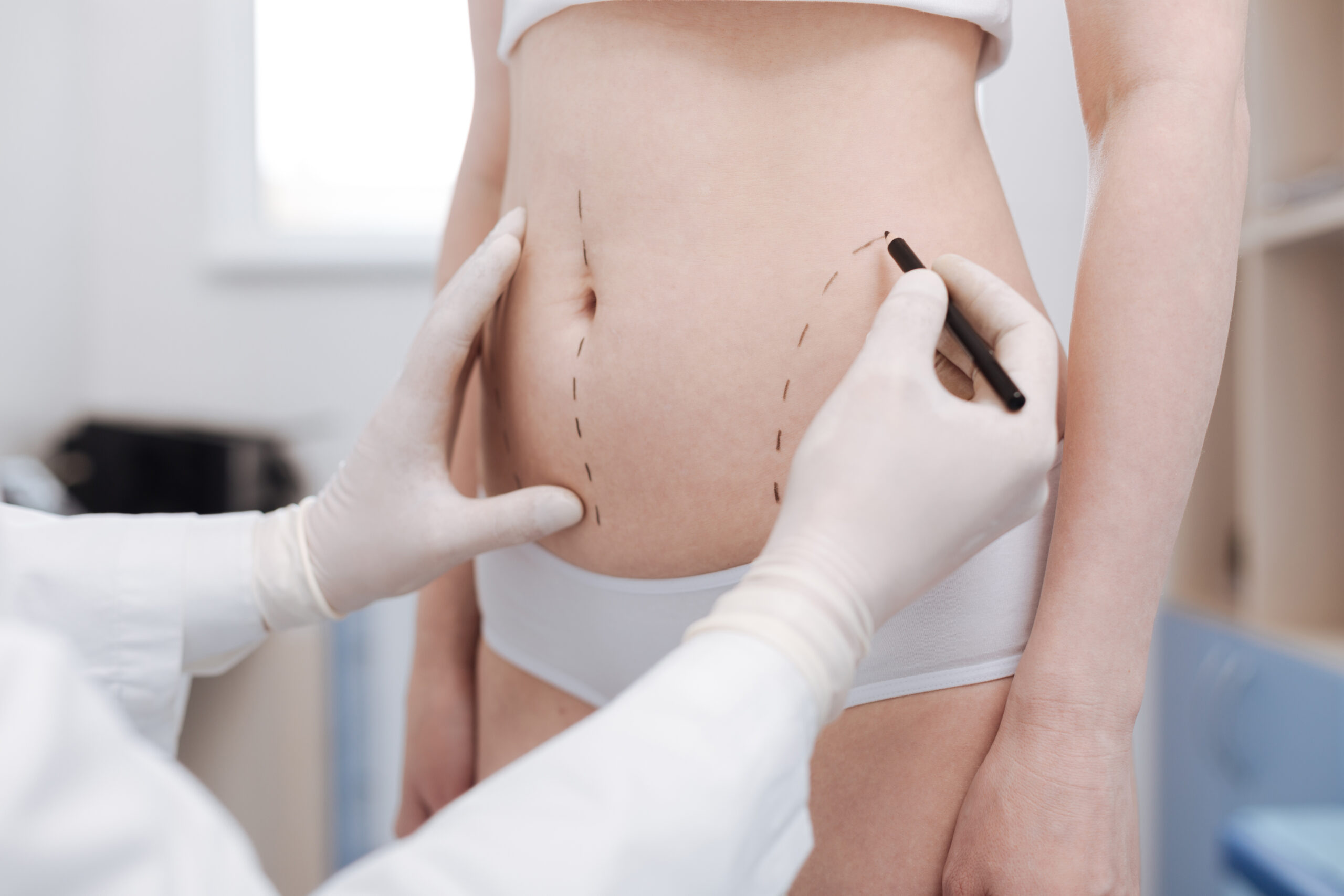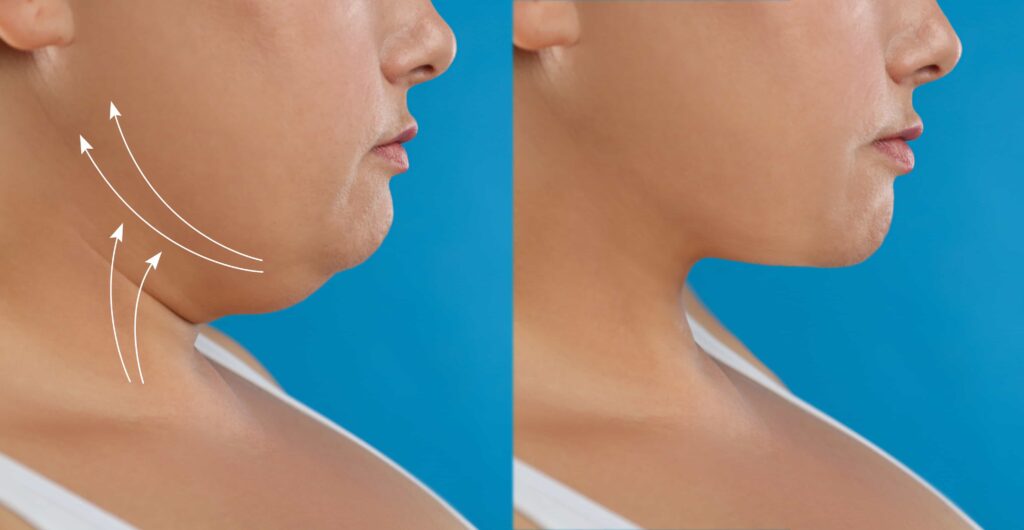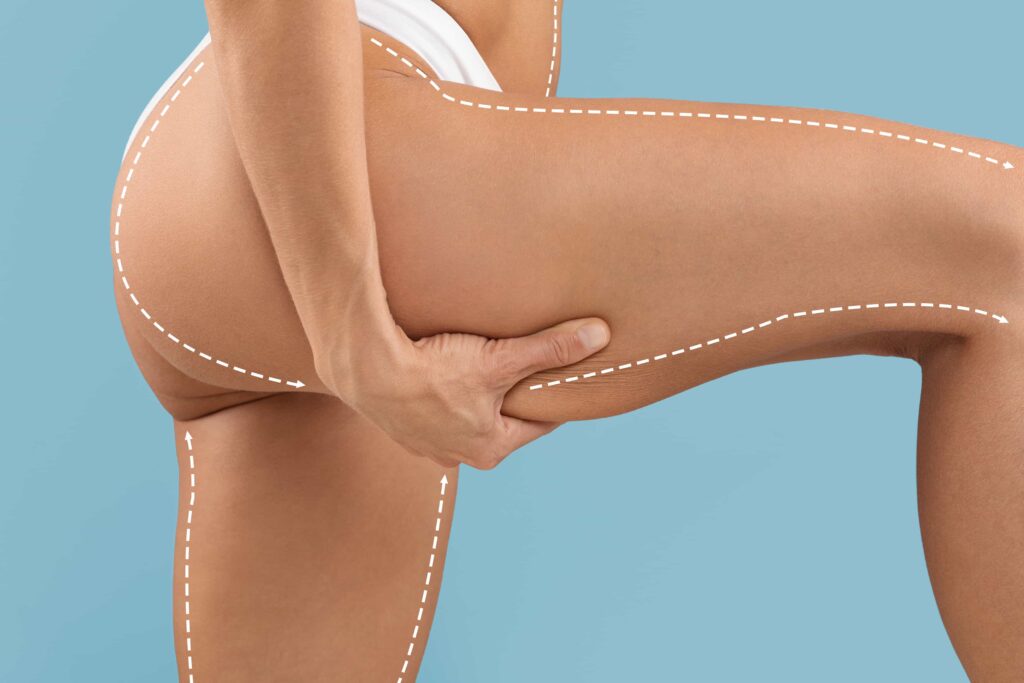By addressing chin deficiencies, the surgeon helps create a more balanced appearance. Ultimately, this enhancement can boost self-confidence and improve overall aesthetics.

Chin enhancement surgery, also called genioplasty, improves the shape of the chin, neck, and jawline. The surgeon usually places an implant around the chin bone to increase size and definition.
The goal is to create better balance between facial features. When done by a skilled surgeon, this procedure offers long-lasting results. It can also improve your overall facial profile.
If you feel your chin looks weak or your features seem unbalanced, chin implants may boost your confidence.
Chin augmentation can:
•Improve facial balance by aligning the chin with other features
•Strengthen a weak or recessed chin
•Sharpen the look of the neck and jawline
•Reduce the appearance of a double chin caused by a small chin bone
Chin implants add volume and shape to the chin, making it look more defined and attractive. They also improve the jawline, giving the face a more sculpted look.
In addition, chin implants help balance facial features by making the chin more proportionate. This is especially helpful for people with a weak or receding chin. Overall, the implants enhance facial appearance.
Chin implants are small, solid pieces usually made of silicone. They are safe for the body and designed to fit snugly around the chin bone.
These implants come in different sizes and shapes. Your surgeon will help you choose one that fits your goals and looks natural. Once placed, the implant feels similar to your real chin bone.
– Improve facial harmony by balancing chin proportions
– Strengthen a weak or recessed chin
– Define the neck and jawline
– Reduce the appearance of a double chin from a smaller chin bone
– Rejection of the implant.
– Infection.
– Nerve injury.
– Scarring.
– Displacement or misalignment of the implant.
Choosing the right surgeon is one of the most important steps in chin enhancement. Look for someone with strong experience in facial cosmetic surgery.
During your consultation, ask how many chin implant surgeries the surgeon has performed. Also, review before-and-after photos of past patients. The results should look natural and match each person’s face.
Chin implant surgery is usually an outpatient procedure. You’ll receive either general anesthesia or local anesthesia with sedation.
The surgeon makes a small cut under the chin or inside the mouth. Then, they create a space and place the implant around the chin bone.
The surgery usually takes less than one hour. If you are having other procedures at the same time, it may take longer.
After the surgery, the doctor closes the incision with stitches. They may also wrap your chin with a bandage for support.
Most people recover quickly after chin implant surgery. You can usually return to desk work and daily tasks within a week. Pain is often mild and manageable with medication or cold compresses.
Sleep on your back with your head raised for at least one to two weeks. This helps reduce swelling and protects the incision.
Your surgeon may also suggest a liquid-only diet for the first day or two after surgery.
You can usually go back to exercise and other physical activities in about three to four weeks. Follow your surgeon’s instructions closely for the best healing and results.
You’ll see near-final results in about one month. Final results appear around three months after swelling goes down completely.
Chin implants are robust and durable medical devices designed for permanence. Although the aging process may influence other aspects of facial appearance, the enhanced contour of the chin will remain unchanged. It is important to note that there exists a minor risk that facial trauma could compromise the integrity of the chin implant, potentially necessitating a subsequent surgical procedure for replacement.
When conducted by a qualified and experienced cosmetic surgeon, chin augmentation is generally associated with a minimal incidence of complications. Potential risks may include infection, hematoma (internal bleeding), displacement of the implant, suboptimal scarring, and adverse reactions to anesthesia.
On average, it amounts to $3,379, excluding anesthesia, operating room fees, and other related expenses. Your overall expenses could fall between $2,500 and $8,000 or higher. These variations depend on the type of implant, the extent of augmentation, the surgeon’s skill level, and the geographical location. Therefore, it’s essential to consider these elements when planning for the procedure.



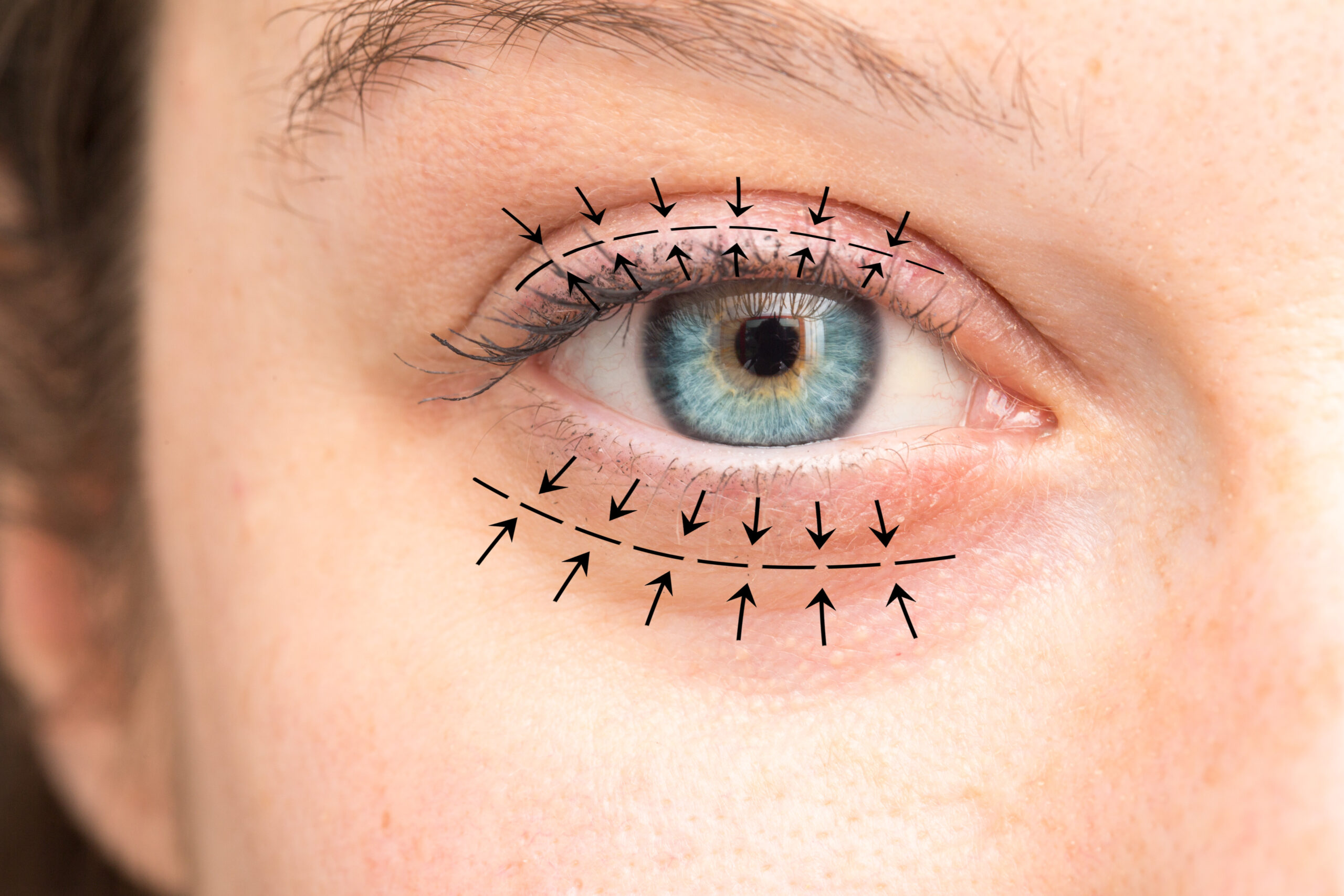
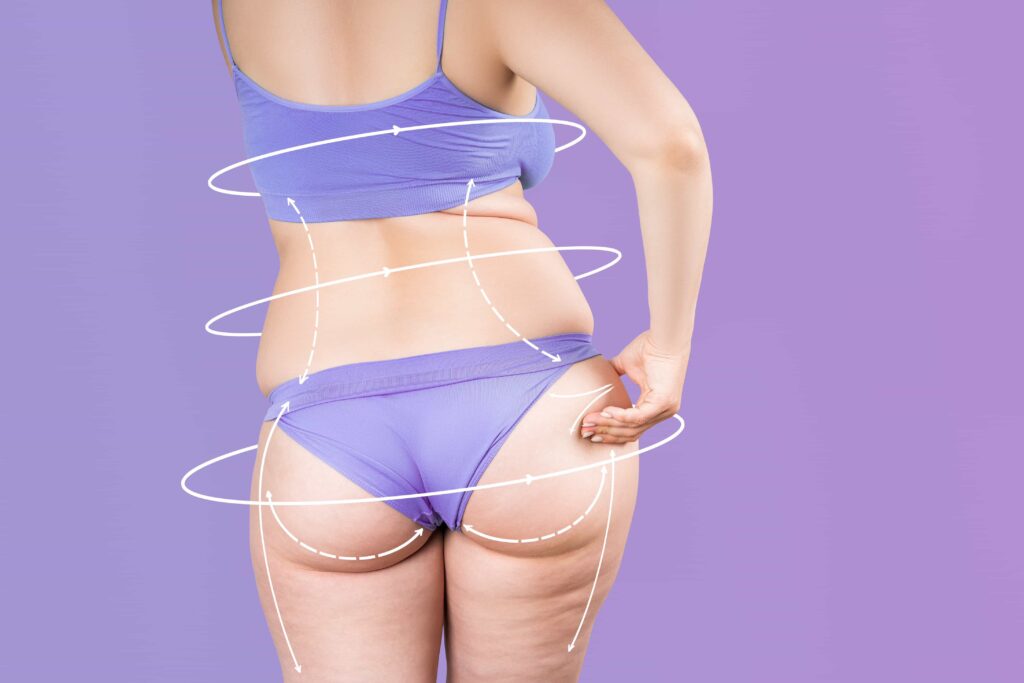

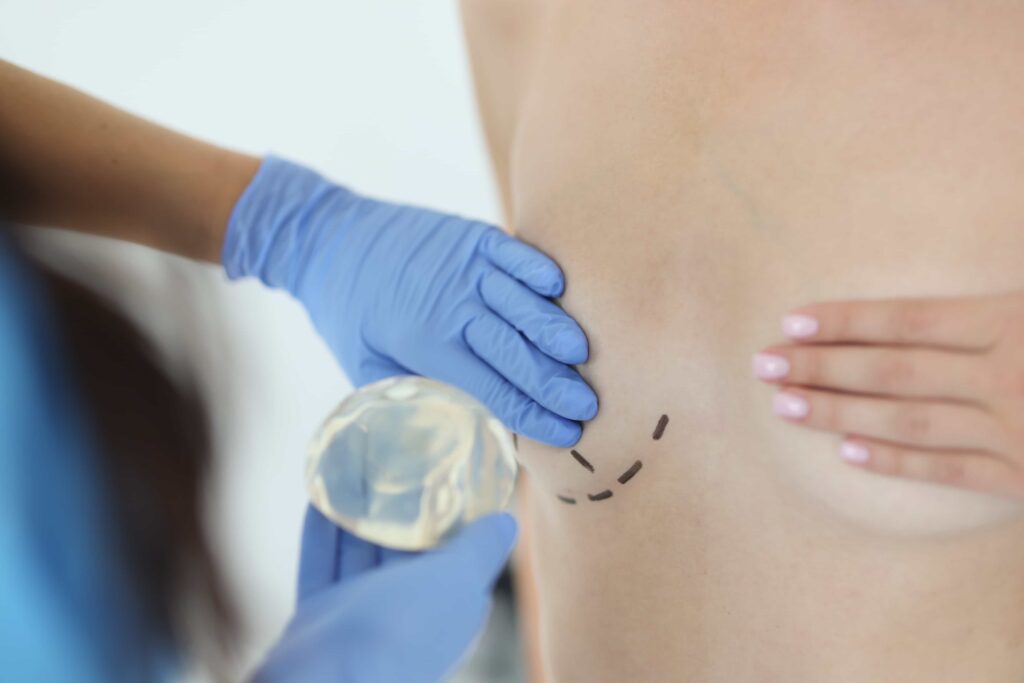
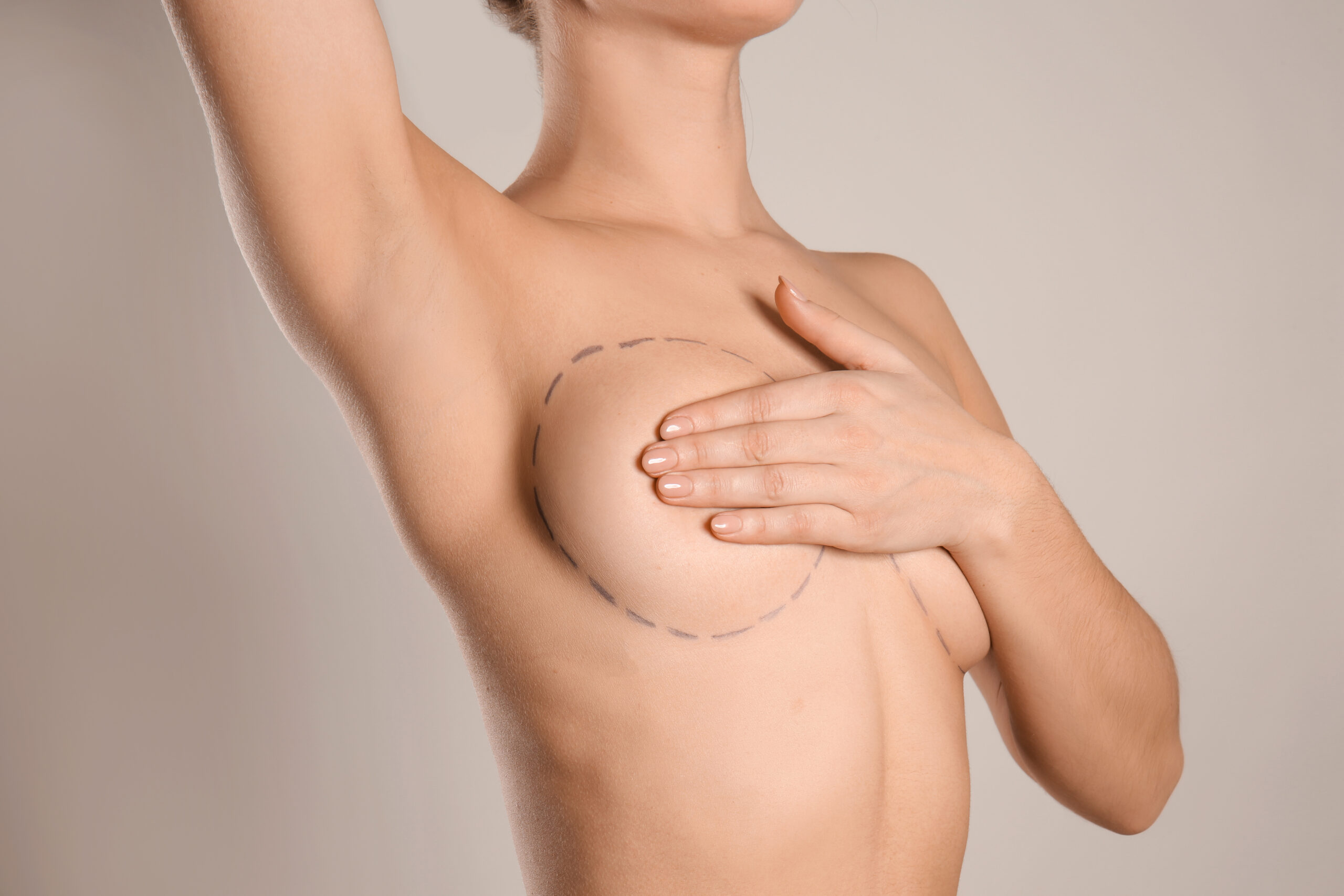






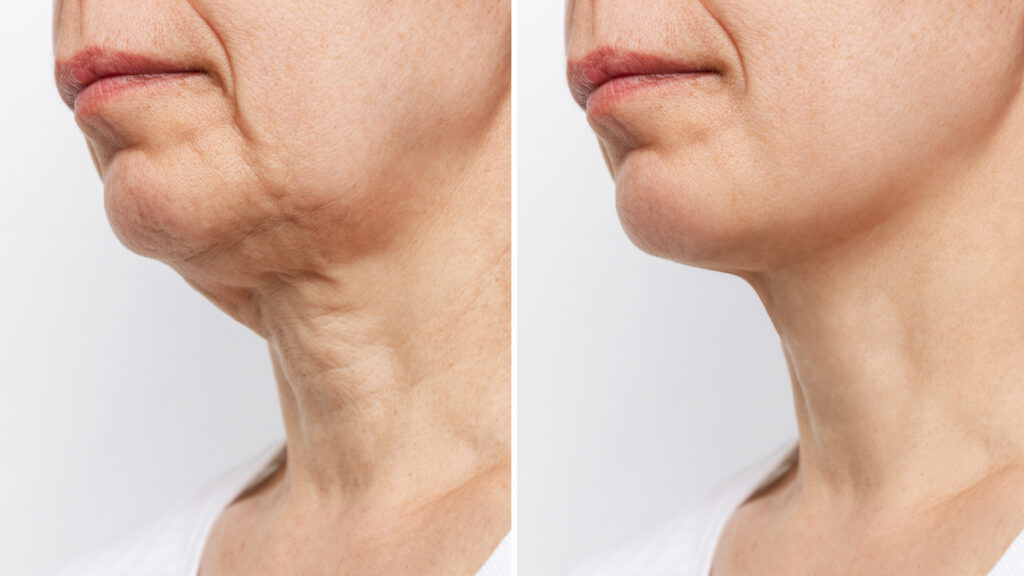


Fat grafting is a procedure that enhances and naturally adds volume to areas of the body by using your own…

